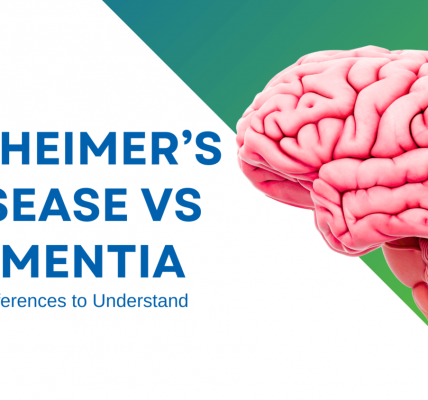Physical therapy is a healthcare profession that helps individuals regain movement and function, alleviate pain, and prevent injury. Physical therapists, often referred to as PTs, use a variety of techniques to treat conditions affecting the musculoskeletal system, nervous system, and cardiovascular system.
Common Conditions Treated by Physical Therapy
Physical therapy can help individuals with a wide range of conditions, including:
- Musculoskeletal Conditions:
- Back pain
- Neck pain
- Arthritis
- Sports injuries
- Tendinitis
- Bursitis
- Neurological Conditions:
- Stroke
- Spinal cord injury
- Multiple sclerosis
- Parkinson’s disease
- Cerebral palsy
- Cardiovascular Conditions:
- Heart disease
- Pulmonary disease
- Lymphedema
What to Expect During a Physical Therapy Session
A typical physical therapy session involves:
- Evaluation: A PT will assess your medical history, current symptoms, and limitations.
- Goal Setting: You and your PT will work together to establish specific, measurable, achievable, relevant, and time-bound (SMART) goals.
- Treatment: Your PT may use a variety of techniques, including:
- Manual Therapy: Hands-on techniques like massage, mobilization, and manipulation.
- Therapeutic Exercise: Exercises designed to improve strength, flexibility, balance, and coordination.
- Electrotherapy: The use of electrical currents to stimulate nerves and muscles.
- Modalities: Treatments like heat, cold, ultrasound, and traction.
- Education: Your PT will teach you about your condition, pain management strategies, and exercises to perform at home.
Benefits of Physical Therapy
- Pain Relief: Reduces pain and discomfort.
- Improved Function: Restores movement and function.
- Enhanced Quality of Life: Increases independence and daily living activities.
- Injury Prevention: Teaches proper body mechanics and exercise techniques to prevent future injuries.
- Faster Recovery: Speeds up healing and recovery time.
When to Seek Physical Therapy
If you’re experiencing pain, stiffness, or difficulty moving, it’s important to consult with a healthcare provider. They may recommend physical therapy to help you recover and improve your overall well-being.
[Insert Image of a Physical Therapist Working with a Patient]
Remember, physical therapy is a collaborative process. By working closely with your PT, you can achieve your goals and live a healthier, more active life.




